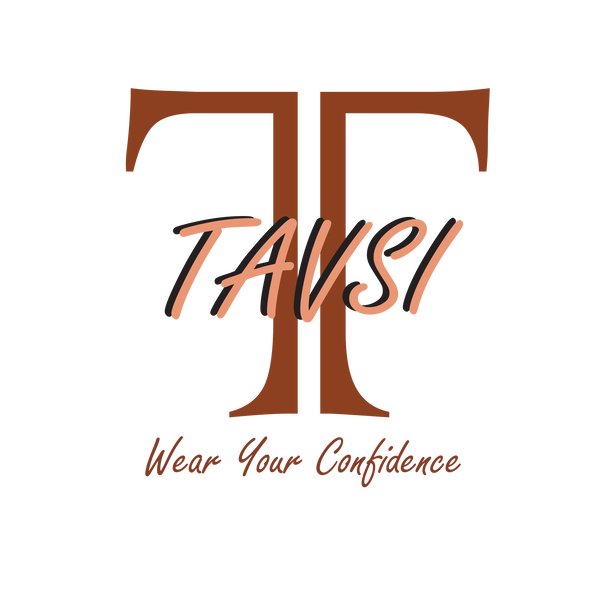
What is kalamkari and how it is sustainable?
This art form in traditional India, though mainly used with hand-painted or block-printed textiles. Kalamkari, however, literally "comes from Persian" - through kalam for "pen", and Kari or craftsmanship, for craft and "doing."
Types of Kalamkari: Kalamkari is an ancient Indian textile art that boasts intricate hand-painted or block-printed designs.
There are two major categories of Kalamkari, each with unique techniques and regional characteristics:
1. Srikalahasti Kalamkari (Hand-Painted)
•Origin: Srikalahasti, Andhra Pradesh
•Technique: Entirely hand-painted using natural dyes
•Features: Detailed mythological stories, floral motifs, and temple art
•Process: Freehand drawing followed by meticulous dyeing in multiple stages
•Best for: Wall hangings, sarees, dupattas, and religious art
2. Machilipatnam Kalamkari (Block-Printed)
•Origin: Machilipatnam, Andhra Pradesh
•Technique: Block printing with natural dyes
•Features: Geometric patterns, floral designs, and Persian-inspired motifs
•Process: Woodblocks carved with intricate designs are used for printing
•Best for: Upholstery, sarees, and home decor items
Process of Kalamkari:
1. Fabric Preparation
•Initial Washing: The raw cotton or silk fabric is thoroughly washed to remove starch, dirt, and grease.
• Cow Dung Treatment: It is soaking in a fermented cow dung-water mixture for at least several hours overnight. It bleaches the fabric while increasing the better penetration of the dyes since natural dyes can be seen in their strong shades.
• Washing and Sun Dry: Then the fabric was washed in fresh running water before exposing it under sun.
2. Myrobalan Treatment
• The cloth is soaked in a natural solution prepared from Haritaki-myrobalan fruit as it acts as a natural mordant for dye fixing.
• Myrobalan has tannins which bind the colors to the clothes, enhancing color fastness • Clothes are dried in sun again.
3. Sketching and Outlining
•Artists use a bamboo pen dipped in a fermented iron solution, which is prepared by mixing rusted iron, jaggery, and water, to draw the design directly on the fabric.
•This black dye forms permanent outlines for the patterns and motifs.
4. Dyeing Process Natural Dye Application in Sequence:
•Red Color: The fabric is immersed in a solution of alum (natural mordant) mixed with madder root or pomegranate peel. Alum reacts with the mordant-treated fabric to produce red shades.
•Blue Color: The fabric is immersed in a natural indigo dye vat. Indigo is applied only to areas designated for blue.
•Yellow and Green: Yellow is obtained from turmeric or pomegranate peel. Green is created by over-dyeing indigo-treated areas with yellow.
5. Boiling and Washing
•The colored fabric is boiled in a big copper vessel with natural soapnut or castor oil. •Excess dye from this step is removed, and colors become more vibrant.
6. Milk Treatment
•Silk Kalamkari or high-priced pieces can be milk-treated with raw milk for forming a protective coat that gives shine and prevents colors from bleeding off.
7. Final wash and dry
• The fabric is washed in pure water to clear residues and later dried in shade for the vibrant shine of colors.
8. Final Touches
• The material is ironed and any hand details or error rectifications
• Ready to be used as Sarees, dupattas, wall hanging or upholstery.
Traditional Techniques and their Significance
|
Step |
Purpose |
|
Cow dung treatment |
Natural bleaching, dye adherence |
|
Myrobalan dip |
Mordant for better color fixation |
|
Indigo vat dyeing |
Traditional natural blue dye |
|
Alum mordanting |
Bright red shades |
|
Milk treatment |
Color-fastening and sheen |
Why Kalamkari is Sustainable
Some reasons for which kalamkari is a sustainable textile art include the following:
Use of Natural Dyes: Kalamkari dyes differ significantly from synthetic ones because it relies on the extracts from natural things, like turmeric, indigo, or pomegranate peels. This lessens the level of chemical wastes and the destructive effect on nature.
For more visit https://www.tavsi.in/products/black-kalamkari-hand-block-printed-a-line-cotton-kurta
